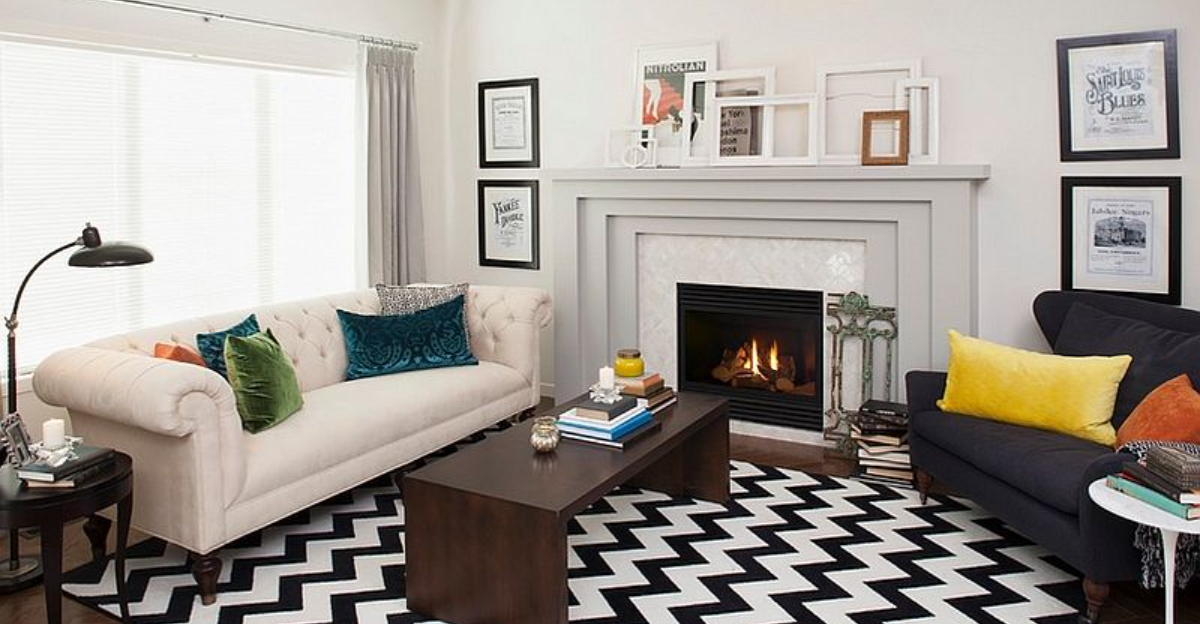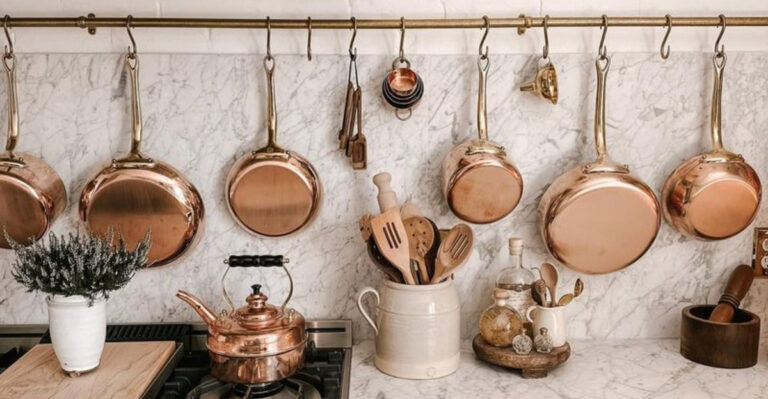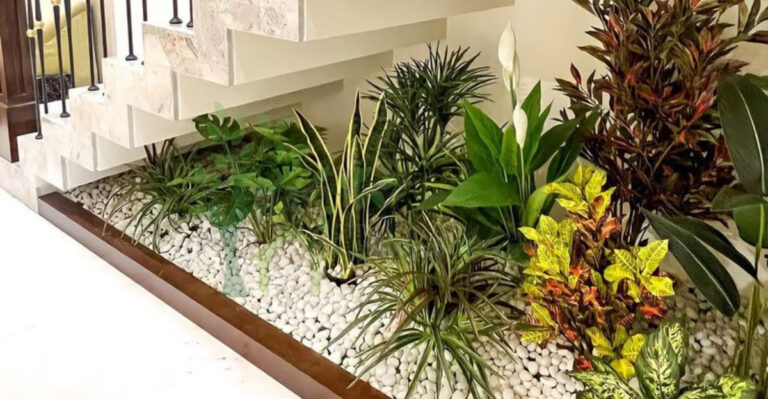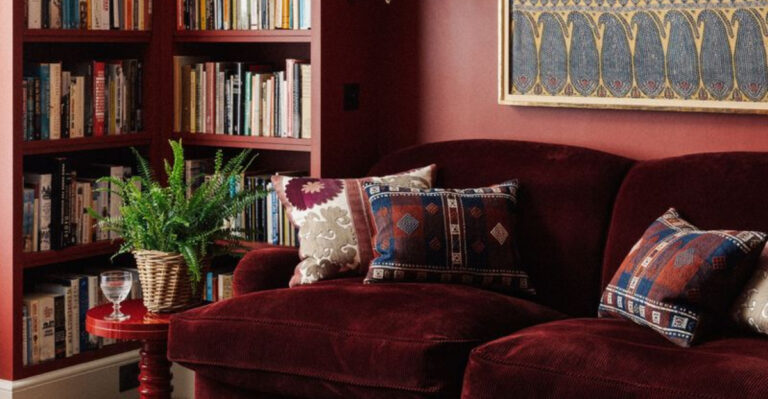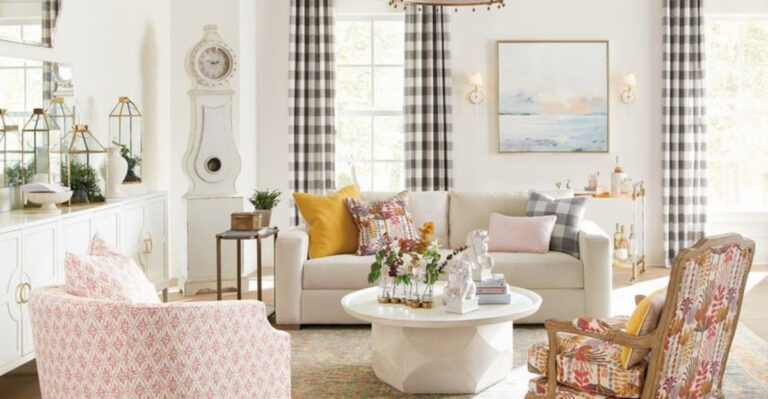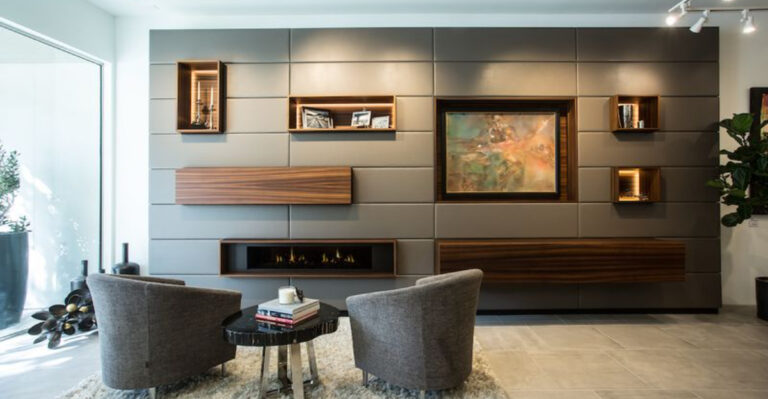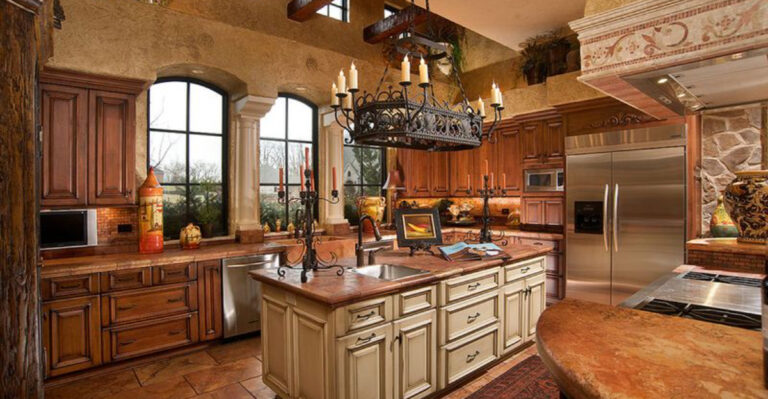18 Trends Interior Designers Can’t Stand Seeing Anymore In 2025
As we step into 2025, interior designers are expressing their fatigue over certain trends that have overstayed their welcome. These styles, once popular, are now seen as outdated and uninspiring. In this blog post, we delve into these 18 trends that designers wish would disappear, offering insight into what’s falling out of favor and why.
1. Industrial Overkill
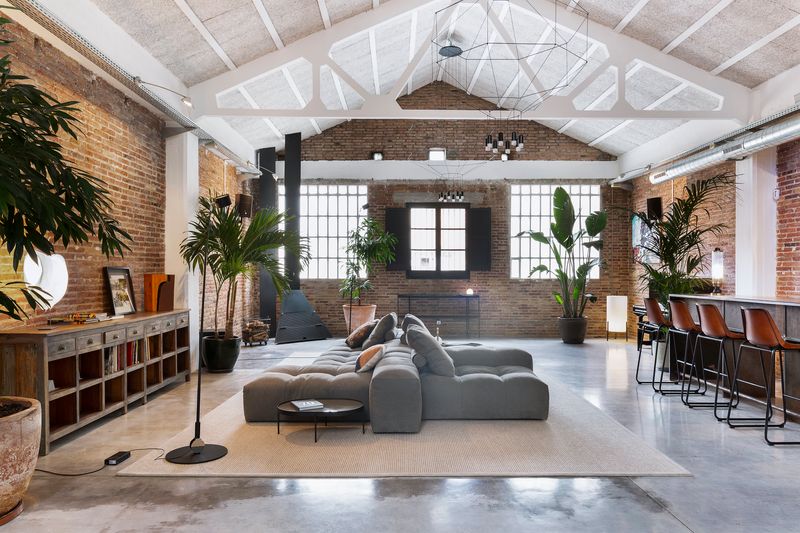
Industrial design, with its raw and edgy appeal, was revolutionary in the past decade. However, 2025 sees a shift away from overdone industrial elements. The cold metallic surfaces and exposed piping now feel harsh and uninviting.
Designers are moving towards warmer, softer aesthetics that offer comfort and serenity. While a touch of industrial can add character, overkill makes spaces feel unfinished and impersonal. The trend’s starkness lacks the warmth that modern homeowners crave.
Finding a balance between industrial charm and cozy livability is key, but the trend, in its extremes, is fading fast.
2. All-White Interiors
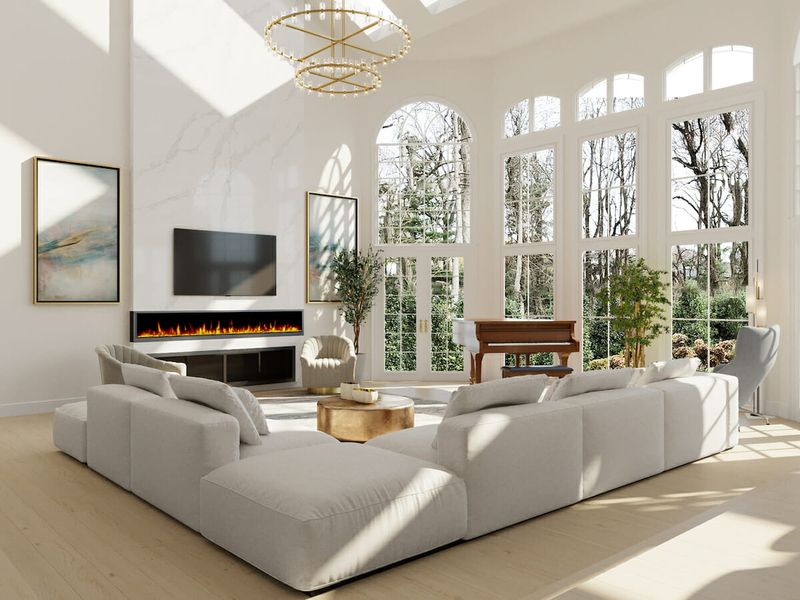
Once the pinnacle of minimalist design, all-white interiors are losing their luster. These monochromatic spaces, while initially striking, can feel sterile and devoid of personality in 2025.
Designers argue for more dynamic, colorful environments that reflect individuality and warmth. The starkness of all-white makes it challenging to maintain and live in, often requiring constant upkeep.
Adding textures and colors not only enlivens a space but also makes it more welcoming and personal. As such, the all-white interior is taking a backseat to more vibrant, expressive designs.
3. Fast Furniture
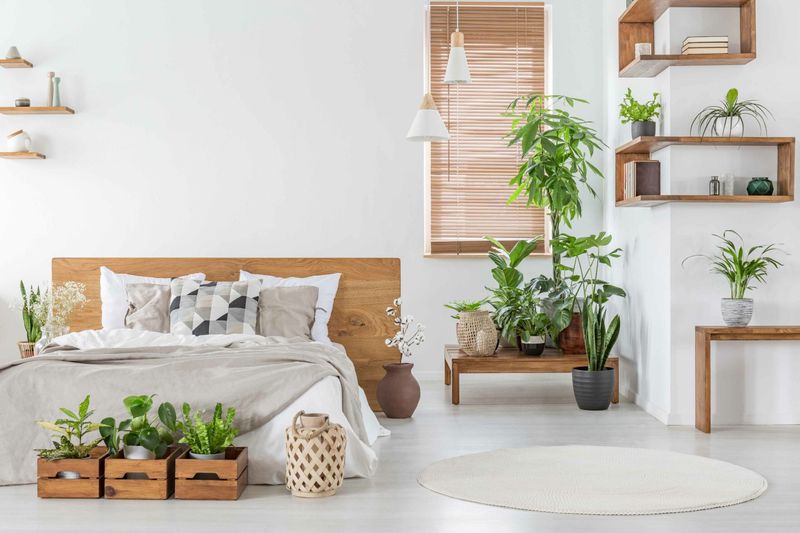
Fast furniture, characterized by its affordability and quick production, is facing backlash in 2025. These pieces, often poorly made, lack durability and sustainable practice, causing concern among conscious consumers.
The environmental impact of disposable furniture is prompting a move towards quality over quantity. Interior designers advocate for investing in timeless pieces that endure wear and maintain their aesthetic appeal.
As awareness grows, the appeal of fast furniture diminishes. Opting for sustainable designs not only benefits the planet but also enhances the longevity and charm of living spaces.
4. Open Shelving in Kitchens
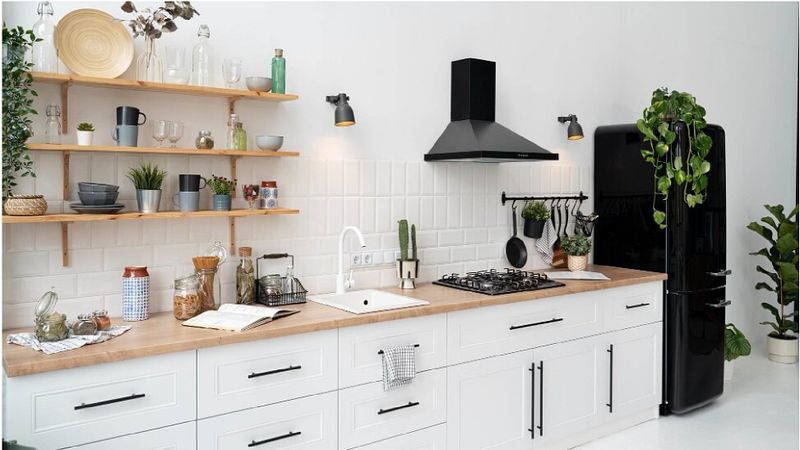
Open shelves in kitchens were once a trendy choice for showcasing stylish dishware. However, the practicality of maintaining such a setup is being questioned in 2025.
The constant need for organization makes it a cumbersome option for everyday use. Open shelves can create a cluttered appearance, detracting from the sleek, tidy look most homeowners desire.
As a result, designers are steering clients towards closed cabinetry for a cleaner, more organized aesthetic. The trend towards simplicity and efficiency is leading the decline of open shelving in kitchen designs.
5. Overly Rustic Decor

Rustic decor, with its charm and nod to simpler times, is seeing a decline in 2025. Overly rustic elements can make spaces feel more like a theme park than a home.
Designers are now focusing on modern rustic, which blends traditional charm with contemporary elegance. Too much rustic can overwhelm a room, making it feel dated and kitschy.
The trend is moving towards subtle rustic touches that enhance, rather than dominate, a space. This evolution ensures that homes remain inviting without sacrificing style and sophistication.
6. Generic Wall Art

Generic wall art, often mass-produced, is falling out of favor in 2025. These pieces, while accessible, lack the unique personality that bespoke or locally crafted art provides.
Interior designers encourage investing in artwork that resonates personally or supports emerging artists. This shift ensures that walls reflect the homeowner’s taste and story, rather than a generic catalog.
By prioritizing originality and personal connection, spaces become more reflective of individual style. Generic art’s lack of depth and meaning is leading its decline in modern interior design.
7. Accent Walls

Accent walls, once a go-to for adding color, are losing their charm in 2025. Their boldness can disrupt the harmony of a room, making it feel disjointed.
Designers now advocate for incorporating color through decor and furnishings, allowing for a more cohesive and balanced aesthetic. An accent wall, while striking, often limits future design flexibility.
As interiors evolve toward more integrated color schemes, the standalone accent wall is becoming a relic of the past, replaced by a more nuanced approach to color application.
8. Chevron Patterns
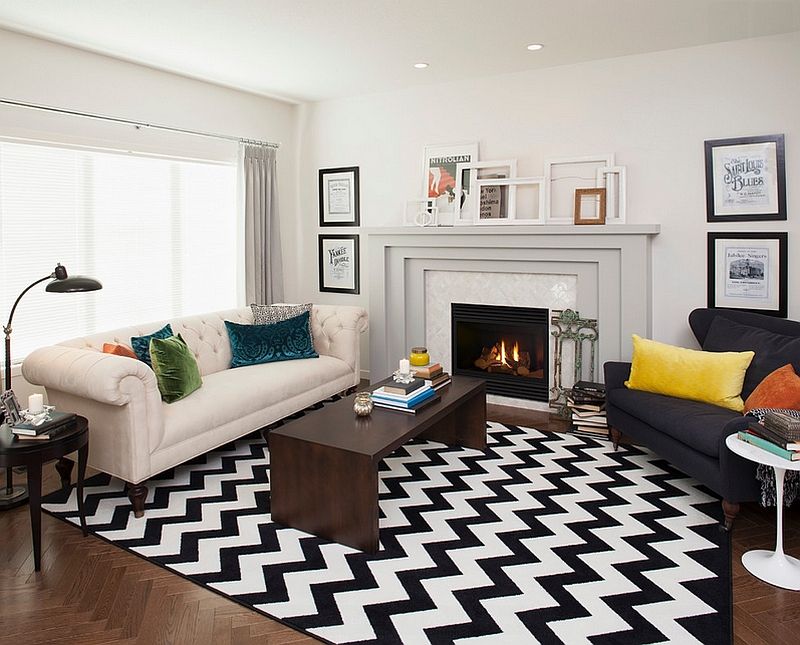
Chevron patterns, with their zigzag allure, are waning in popularity by 2025. Once a staple in trendy designs, their repetitive nature is now seen as dated.
Interior designers are opting for more timeless patterns that offer subtle elegance. The boldness of chevrons can overwhelm a space, making it feel busy and chaotic.
As design sensibilities shift towards calmer, more harmonious environments, the chevron pattern is being phased out. Its overuse has led to visual fatigue, prompting a move towards patterns that offer lasting appeal.
9. Barn Doors
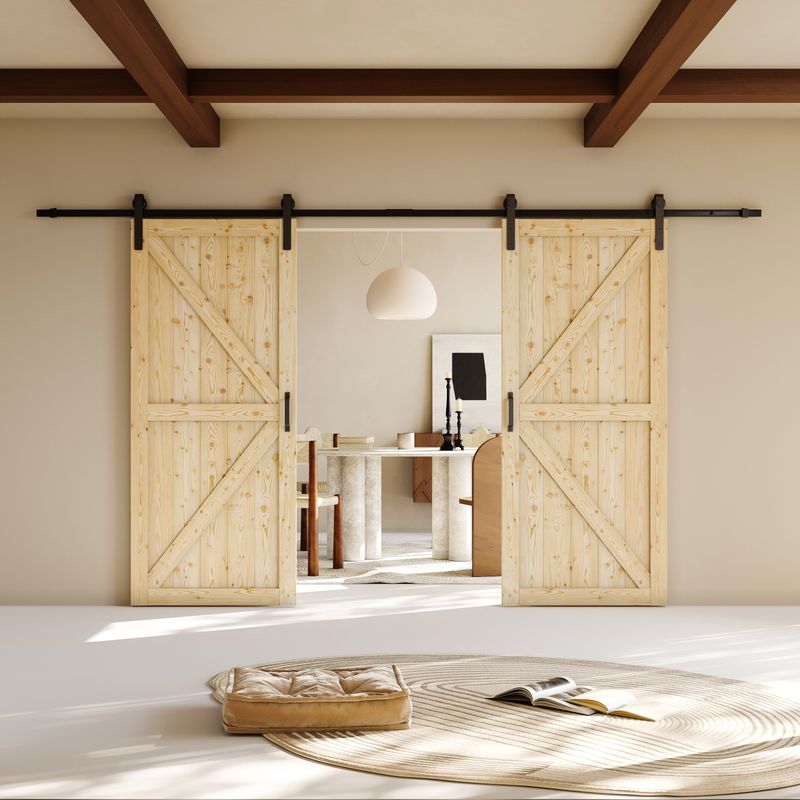
Barn doors, with their rustic appeal, are losing traction in 2025. While charming, they often clash with modern interiors, creating a jarring contrast.
Designers are moving away from this trend in favor of doors that blend seamlessly with contemporary aesthetics. The novelty of barn doors has worn thin, and their functionality is often questioned in urban settings.
As the desire for cohesion in design grows, barn doors are being replaced by more sophisticated alternatives that align with overall decor themes, making them a less preferred option.
10. Faux Finishes
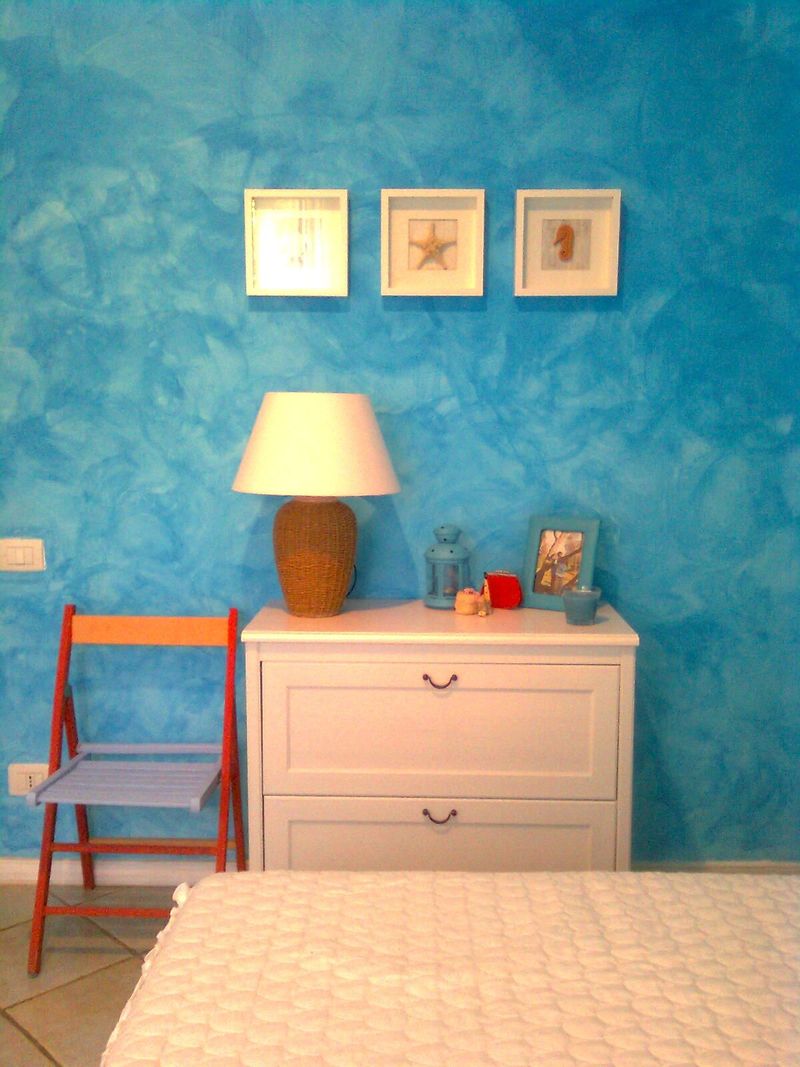
Faux finishes, used to mimic materials like wood and stone, are declining in 2025. These imitations, while cost-effective, often lack the authenticity and quality of real materials.
Designers are gravitating towards genuine materials that offer not only visual appeal but also durability and character. Faux finishes can detract from a home’s value and aesthetic, as they may appear cheap and inauthentic.
The trend is shifting towards authenticity, with homeowners favoring real materials that provide a sense of luxury and permanence in their living spaces.
11. Bohemian Overload
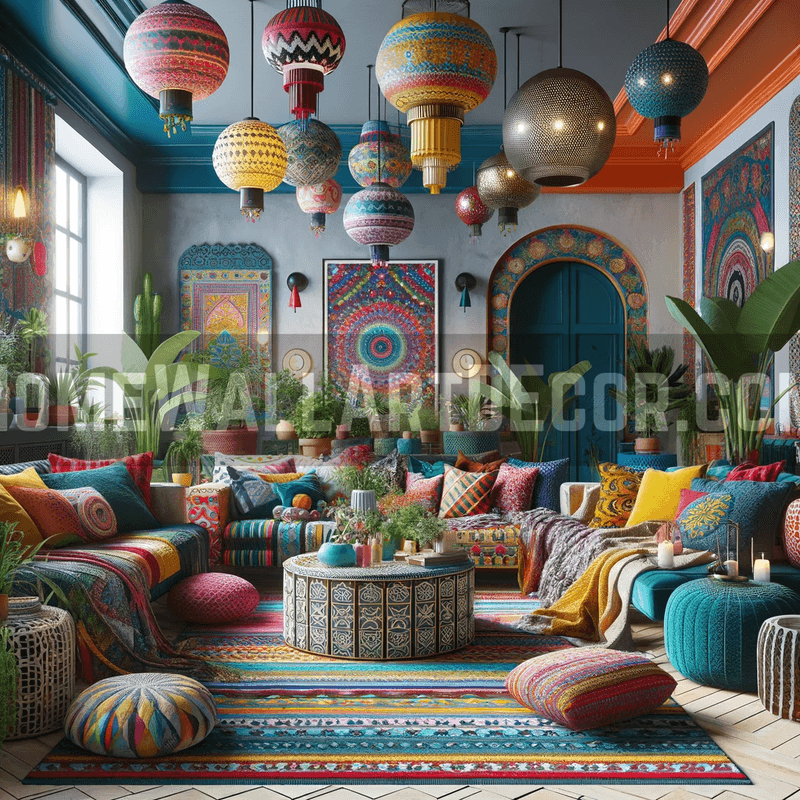
The bohemian style, known for its eclectic and free-spirited vibe, is experiencing overexposure in 2025. Overloading on boho elements can lead to cluttered and chaotic spaces.
Designers recommend a more curated approach, blending bohemian touches with minimalist principles for balance. Too much boho can overwhelm, making it challenging to appreciate individual pieces.
The trend towards simplicity and meaningful decor is reshaping the bohemian aesthetic, ensuring that spaces retain their uniqueness without becoming visually exhausting.
12. Mid-Century Modern Copies

Mid-century modern, celebrated for its clean lines and functional design, suffers from imitation overload in 2025. Mass-produced copies lack the elegance and craftsmanship of original pieces.
Designers advocate for authentic mid-century pieces or inspired designs that capture the era’s spirit without falling into cheap replication. The abundance of imitations diminishes the style’s original charm.
As consumers become more discerning, there’s a shift towards originality and quality, moving away from ubiquitous copies that fail to honor the true essence of mid-century modernism.
13. Overuse of Grey
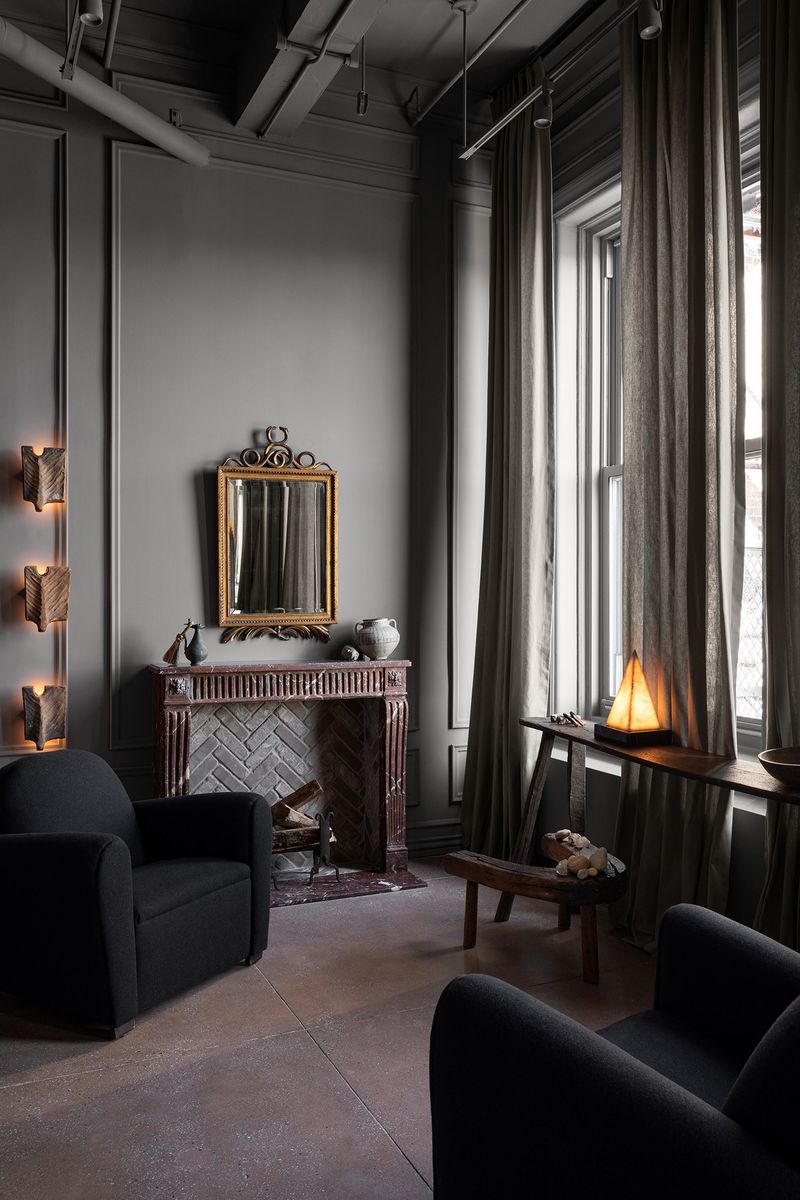
Grey, once hailed as the ultimate neutral, is being dubbed overused by 2025. Its neutral tone, while versatile, has led to spaces that lack warmth and personality.
Interior designers are exploring more vibrant and varied palettes to breathe life into interiors. The overuse of grey can result in dull environments that fail to inspire.
By embracing a wider spectrum of colors, designers aim to create spaces that are not only modern but also inviting and full of character, steering away from a monochromatic grey world.
14. Faux Taxidermy
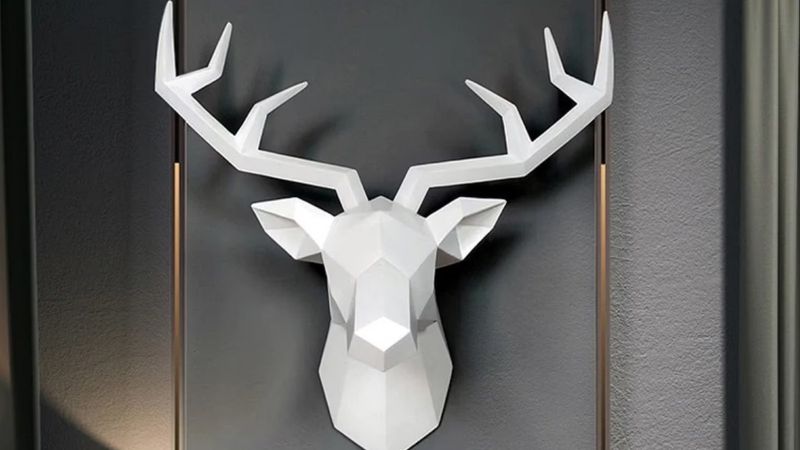
Faux taxidermy, popular for its quirky and animal-friendly appeal, is falling out of trend in 2025. These artificial mounts, while once novel, are being replaced by more sophisticated decor.
Designers are opting for art and sculptures that offer elegance and timelessness rather than novelty. Faux taxidermy can appear kitschy and out of place in refined interiors.
As tastes mature, there’s a preference for decor that enhances a room’s aesthetic without relying on gimmicky elements. This shift marks the decline of faux taxidermy’s popularity.
15. Word Art and Quotes
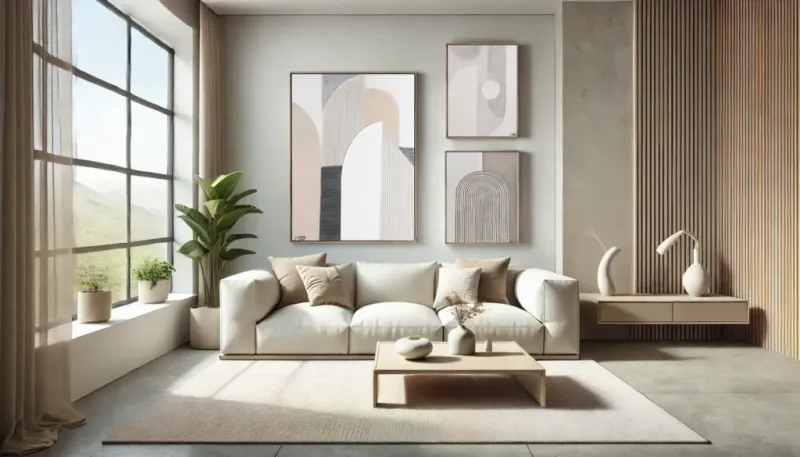
Word art, with its motivational quotes, is losing favor in 2025. Once a staple in personalizing spaces, it now feels overdone and clichéd.
Interior designers suggest using personal photos, abstract art, or meaningful objects to reflect personality and taste. Word art’s predictability and lack of originality are prompting its decline.
As spaces evolve to be more personal and less formulaic, word art is being phased out in favor of decor that tells a more genuine and unique story, aligning with individual aesthetics.
16. Over-the-Top Maximalism
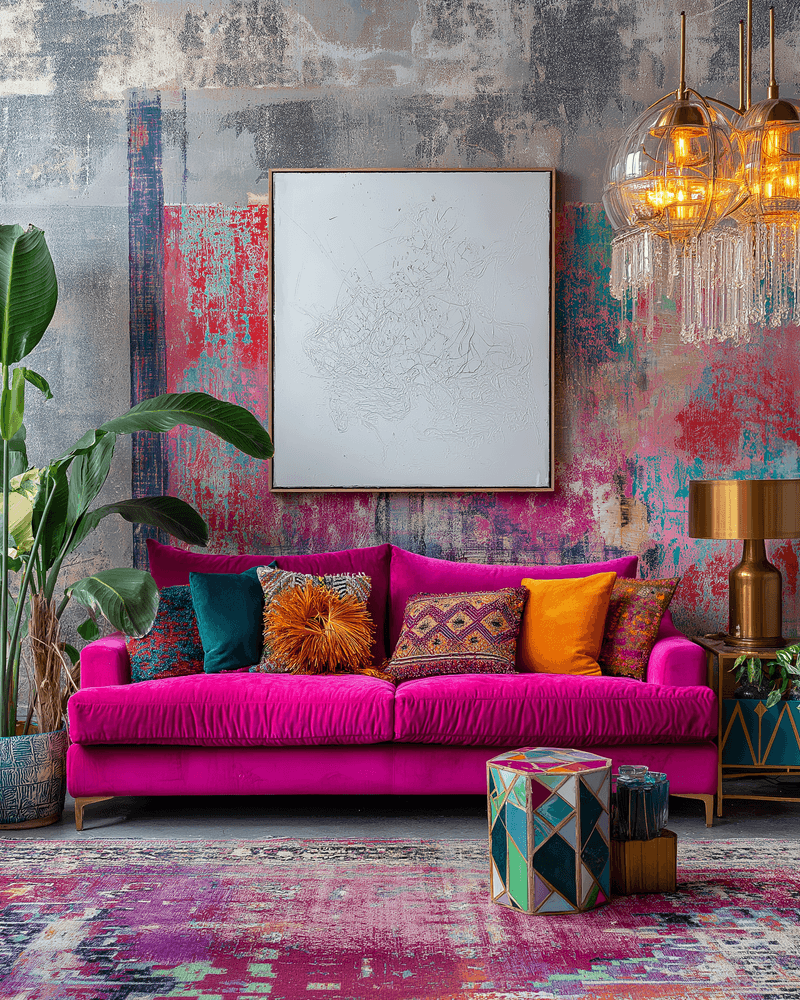
Maximalism, characterized by its bold embrace of excess, is being reevaluated in 2025. While exuberant, it can lead to overwhelming and impractical living spaces.
Designers are suggesting a more restrained approach, combining maximalist elements with thoughtful curation. Over-the-top maximalism can detract from a room’s functionality and comfort.
The trend is shifting towards balance, where boldness is tempered with simplicity, allowing for spaces that are both lively and livable. This nuanced maximalism ensures a dynamic yet coherent design.
17. Plastic Decor
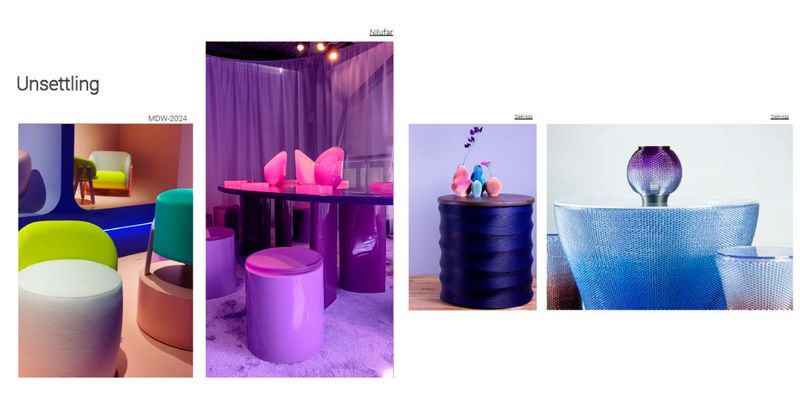
Plastic decor, once valued for its affordability and versatility, is being discarded in 2025. These items, often perceived as low-quality, lack the sophistication expected in modern design.
Designers are prioritizing materials that offer durability and elegance, such as wood and metal, over plastic. The environmental implications of plastic also contribute to its waning popularity.
As sustainable living becomes a priority, plastic decor is being replaced by eco-friendly alternatives that enhance a home’s aesthetic while minimizing environmental impact, marking a significant design shift.
18. Overdone Minimalism
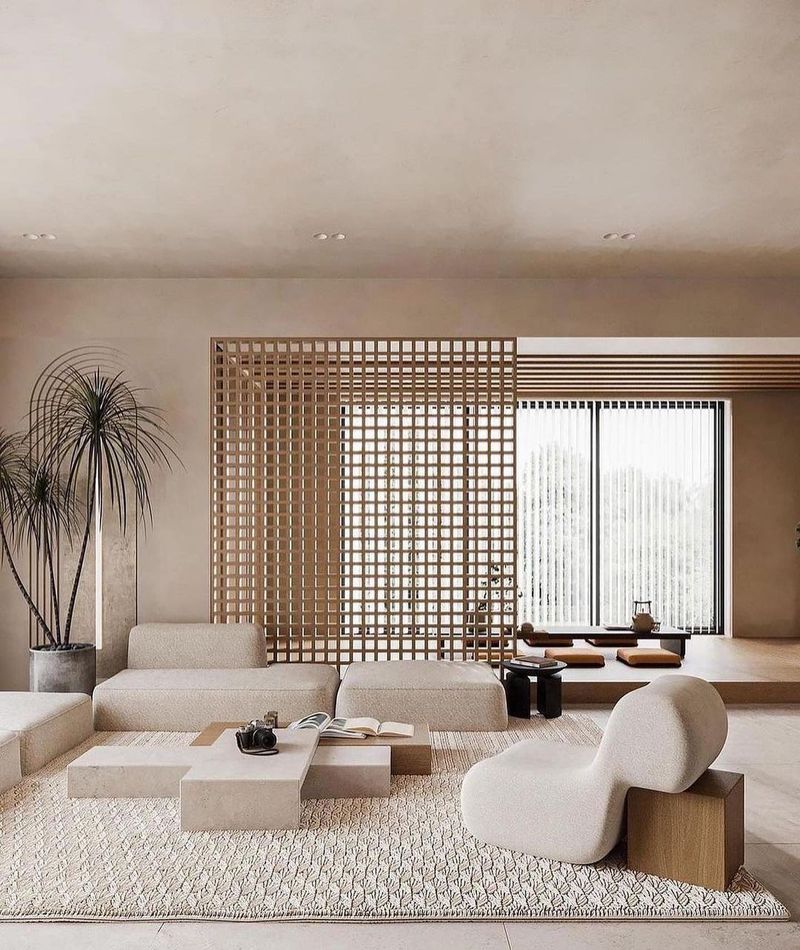
Once lauded for its clean lines and simplicity, minimalism has tipped the scale towards sterility. In 2025, designers are moving away from spaces that lack personality and warmth.
Homeowners are encouraged to inject life into their spaces through personalized decor, mixing textures, and introducing color.
Minimalism’s cold, impersonal vibe can feel unwelcoming. Embracing a more eclectic style, with curated items that tell a story, makes a home feel alive and inviting. Did you know? The minimalist movement originally blossomed in the 1960s as a reaction to the overly decorative styles of the time.

